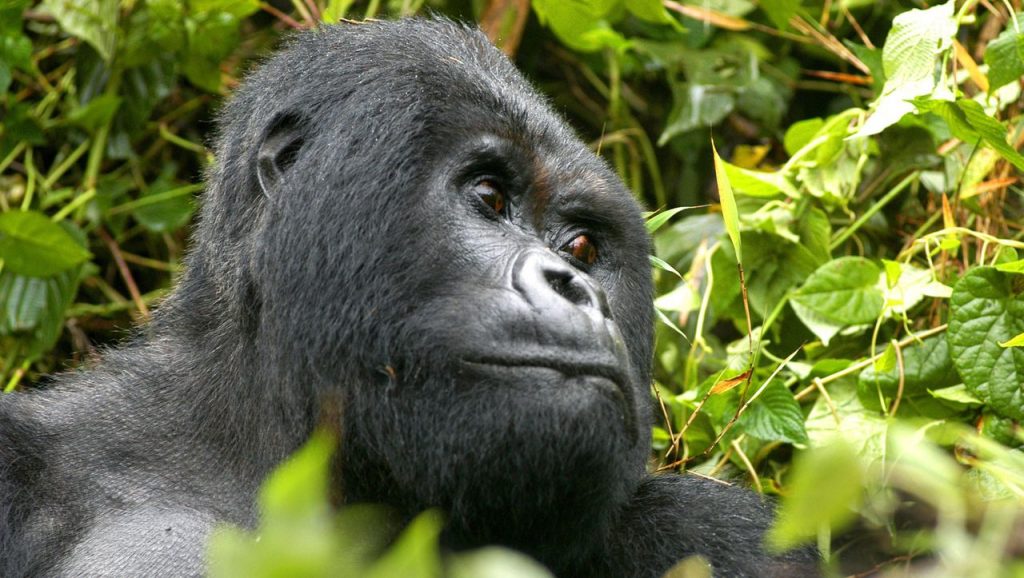The habitat of great apes such as gorillas, bonobos and chimpanzees will shrink dramatically in Africa over the next 30 years. This is a result In the magazine “Diversity and Distributions” A published study involving more than 60 scientists.
According to this, 85 percent of the current range of monkeys will no longer be habitable by 2050. Habitat destruction is closely linked to climate change, deforestation, and human population growth.
New areas are needed to retreat
According to the study, existing protected areas are not sufficient for monkeys. For the survival of animals, it is necessary to maintain and create connections and pathways between habitats. So there could still be refuge areas for great apes in the future.
These may also be areas that currently seem inappropriate. The mountains are difficult to use as a habitat for some species of great apes. However, it can be assumed that this will change due to global warming. In theory, animals could survive if they were able to migrate from the lowlands to the mountains.
Great apes are on the red list
For the first time, the study fully examined the effects of climate change, land use and human population growth on the future range of gorillas, chimpanzees and bonobos. Currently, all African great apes are listed as either critically endangered or endangered on the International Union for Conservation of Nature’s Red List of Threatened Species.
Gorillas, bonobos and chimpanzees were looking forward to a “bleak future,” said Elka Herbinger of the environmental organization WWF, a co-author on the study. “In many regions of Africa, our closest relatives are soon threatened with extinction.” Herbinger called for “climate breakdown” and “forest destruction” in order to mitigate the mass extinction of great apes.

“Total coffee aficionado. Travel buff. Music ninja. Bacon nerd. Beeraholic.”








More Stories
Coral Seeding: Artificial Insemination Makes Coral More Heat Tolerant
Fear, Anger, and Denial: How People Respond to Climate Change – Research
LKH Graz: Using radiation to combat heart arrhythmias